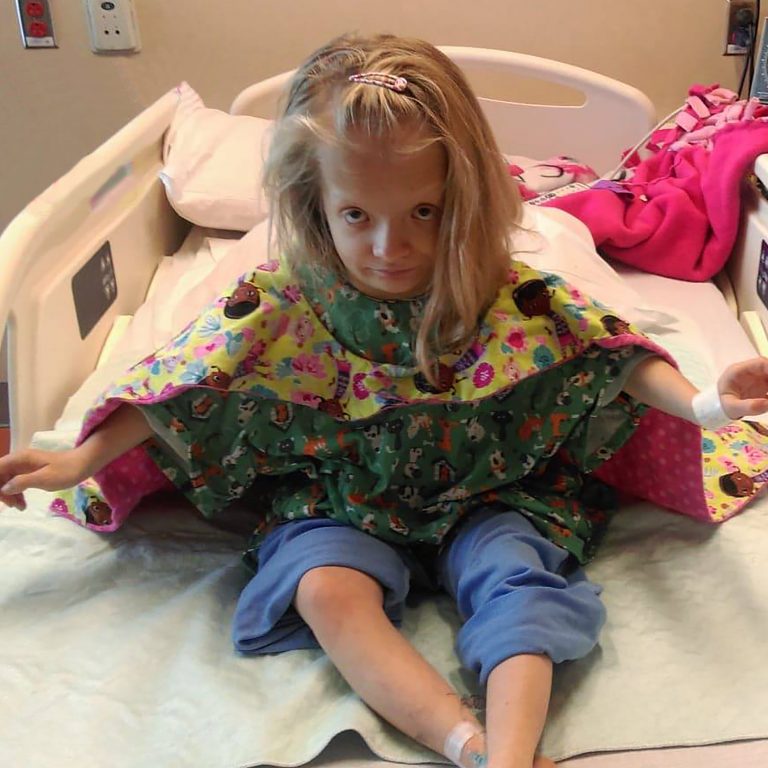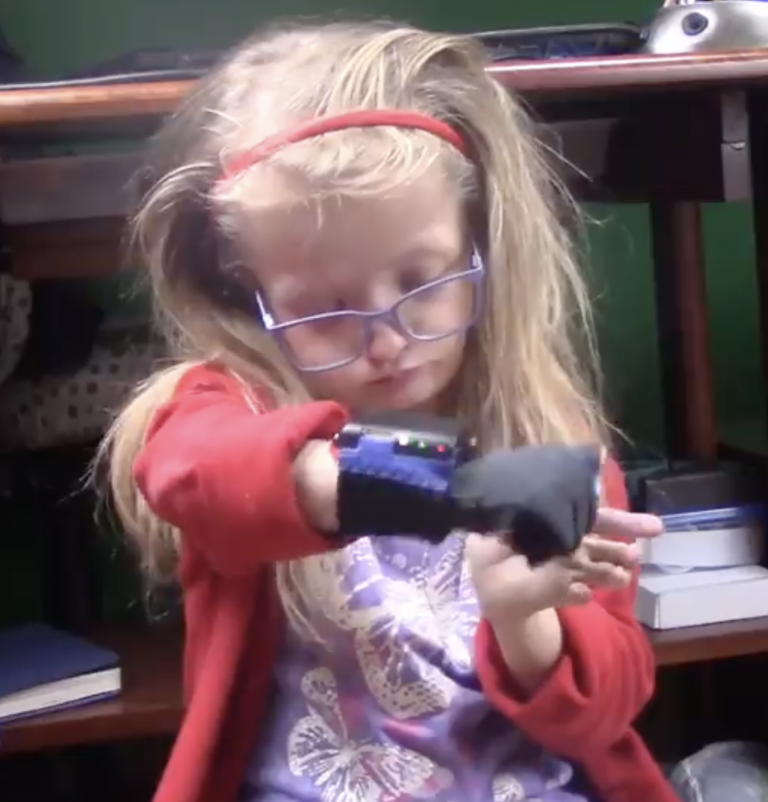Alexis and her mother, Angie, are some of the strongest, most resilient warriors you will ever meet. They are an amazing team, putting heart and soul into everything they do. Together they have moved mountains.
Alexis was born with a rare syndrome. A syndrome so rare that is named after the chromosomes it affects, not a person that discovered it. It is 4p-, 11p Maternal Trisomy ; most children born with it die in infancy. Alexis is 18 years old, only one of two survivors in the world; but, living to 18 with a rare and deadly disorder isn’t the most amazing part of who Alexis is.
One of the many challenges they faced in their lives was the fact that Alexis is unable to speak. She can hear, she can understand but, cannot effectively form the words to communicate. One of her deepest desires has been to not only speak to others but to be understood. When her mother discovered Alexis was not able to speak Angie began searching for options.
Angie first decided to try American Sign Language. In order for her to teach Alexis and communicate, she had to learn the language herself first. She studied intensely: reading books, going to free classes and workshops. She found herself in meetup groups speaking with other moms trying to navigate American Sign Language. Free education and groups only take a person so far when learning something as intricate as a new language.
In order to achieve a more in-depth understanding of the language, Angie enrolled in an American Sign Language class through a local college. Because she was not a college student she was only allowed to audit the class. She participated, completed all the assignments, passed her tests, yet did receive a grade or a certificate, and she still had not received all the training necessary to become truly fluent.
While learning sign language and struggling to help Alexis learn to sign as well, Angie also began to search for a school for Alexis. She attempted to enroll Alexis in a school for deaf and blind children. She was turned down. While Alexis could not communicate verbally, she was able to hear and was therefore unable to attend the school for the deaf. Angie tried to get an interpreter so Alexis could communicate with the signs she was learning. Again. she was told no because Alexis could hear. Alexis was turned down by public schools as well–the school boards stated that they did not believe Alexis would be able to keep up. Finally, they decided to homeschool.
As Angie taught her daughter it became clear that ASL was not the best option for them. Contrary to popular opinion, American Sign Language (ASL) is NOT English. In fact, it is nothing like any spoken language. Not only is ASL grammatically different than what is spoken, there are many signs which are impossible to directly translate into words. Body language and facial expressions are an integral component to ASL, and most every sign’s meaning varies depending on the intensity of how it is signed. To top it off, it is impossible to learn typical academics, even at a kindergarten level, when speaking ASL.
Angie decided to find another option. The only other option she could think of was to create a better sign language for people who can hear. What she and Alexis created was not only a better solution for them, but it became a better solution for non-verbal English-speaking communicators everywhere, and they call it VoiceSign.

VoiceSign is a form of sign language that uses the standard English grammar to communicate ideas. Angie’s goal is to have one sign for each word. It is a lofty goal indeed, but she and Alexis have been able to communicate with this language very well. They have taught many other students and have built a community of VoiceSign speakers in locations even outside the U.S. Using VoiceSign to communicate with one another has been a way to strengthen their relationship and has opened the world for Alexis. In fact, when Alexis was finally able to attend a private Christian school she earned an A using standard curriculum! More than that it has helped many others communicate with their nonverbal family members.
Despite Alexis’s new ability to sign, much of the world is still unable to understand what she has to say. Alexis’ small stature, (she is often mistaken for a child) combined with the world’s inability to understand, creates difficulties for her. For example, when out with Angie on a shopping trip, Alexis will sometimes go on her own. She often will meet well-meaning strangers who attempts to help her find her mom or make her come with them to the front of the store. Alexis can’t tell them she is fine, that her mom is just a couple aisles over, or that they have a plan to meet up in a little while.
A couple years ago, Angie began looking for a solution. There were written signs, picture boards and phone applications but they were not viable solutions for Alexis. Finally, Angie happened upon articles about gloves that were being programmed to “translate” American Sign Language with certain movement triggers. These gloves are in the beginning stages of research and can only parrot certain phrases-they are nowhere near where they need to be to translate ASL. Even so, the discovery of this invention sparked an idea. Angie knew that a glove programmed to make recorded sounds with movements must be a solution.
She began reaching out to glove manufacturers to try and get a pair. She spoke with businesses, inventors, programmers and even a military contractor. She found herself floundering and getting no result.
But as fate would have it, Angie and Alexis were about to face a huge challenge. Shortly after her 17th birthday, Alexis became very ill. Tests determined she had end-stage renal failure. Alexis was given days to live. Angie and Alexis were flown from the hospital in Montrose, CO to Denver Children’s Hospital where she was closely monitored. She soon started dialysis.

As terrifying as this may have been for Angie and Alexis, this experience opened a door that may not have been available had Alexis’ kidneys not failed. Alexis’ situation created an opportunity with the Make a Wish Foundation. And after years of searching, Angie found herself talking with the MiMu company in London, England.
MiMu is a glove created by musician Imogen Heap as a musical instrument. (Take a look at this video to see Imogen’s musical gloves in action). With this technology, Angie, with the help of MiMu programmers, began recording and programming VoiceSign movements into the glove. Slowly, the dream was coming true. For the first time in her 17 years of life, Alexis was finally given a voice.
Soon, doctors were able to transfer a kidney from Angie to Alexis. Alexis’s body accepted the kidney beautifully and she was eventually released from the hospital.
Currently, Angie, Alexis and their new London-based partner, Siân Cross, are moving forward with the development of their talking gloves and hope to be able to offer them to nonverbal people all over the world. The team would like to extend an invitation to all interested readers to follow them on social media: https://www.instagram.com/voicesign101/ and https://www.facebook.com/voicesign. They also have a website with more information: https://voicesign.org/. They will soon be seeking donors and beta testers. Please contact them for more information.
